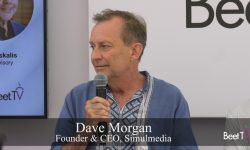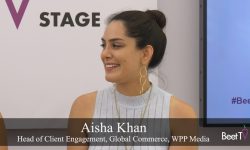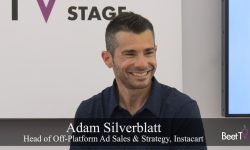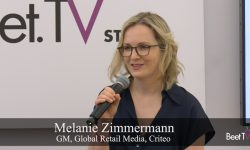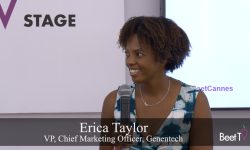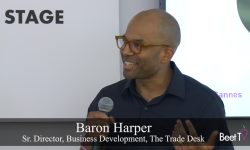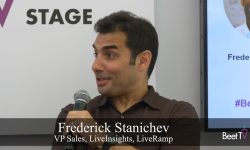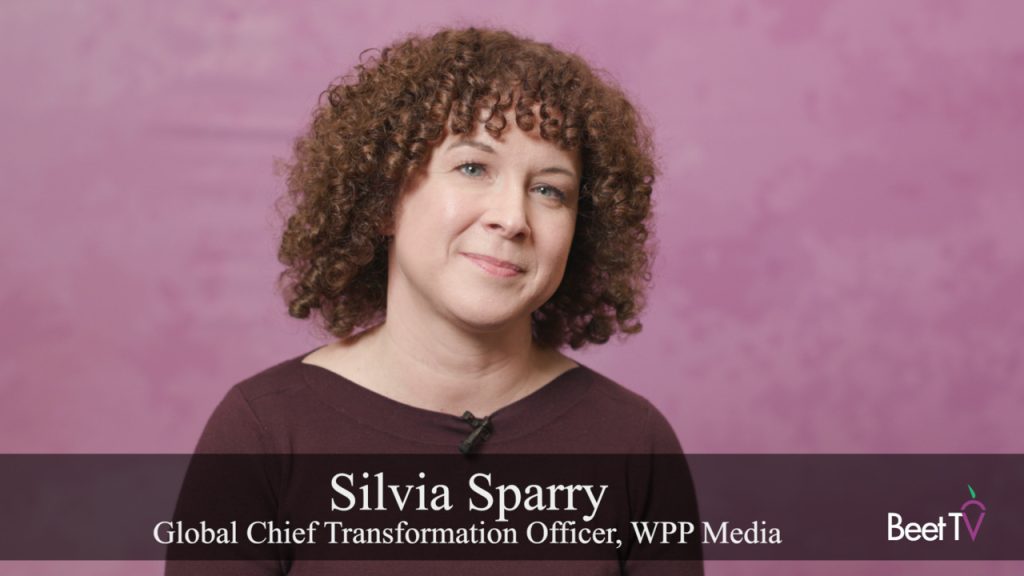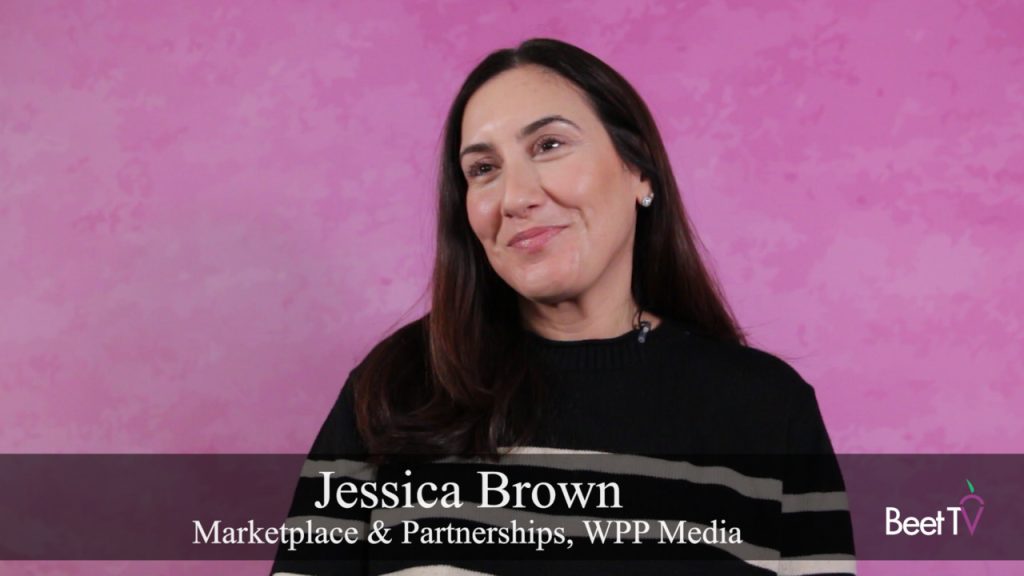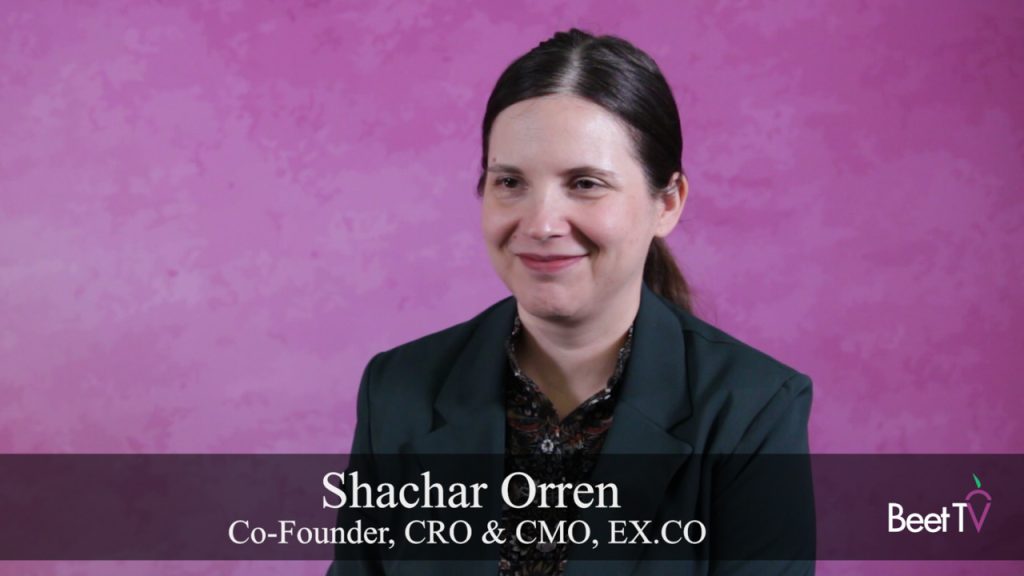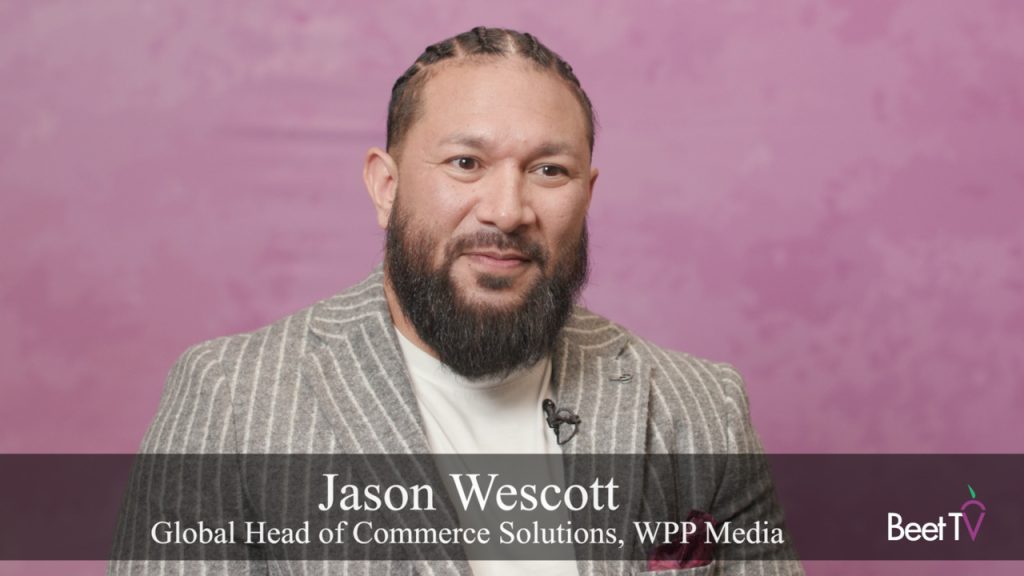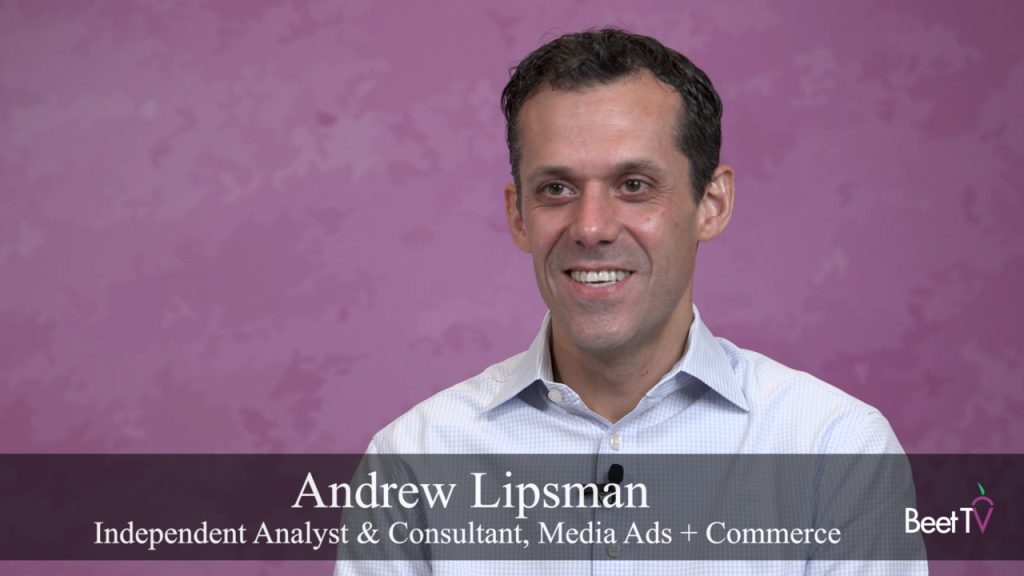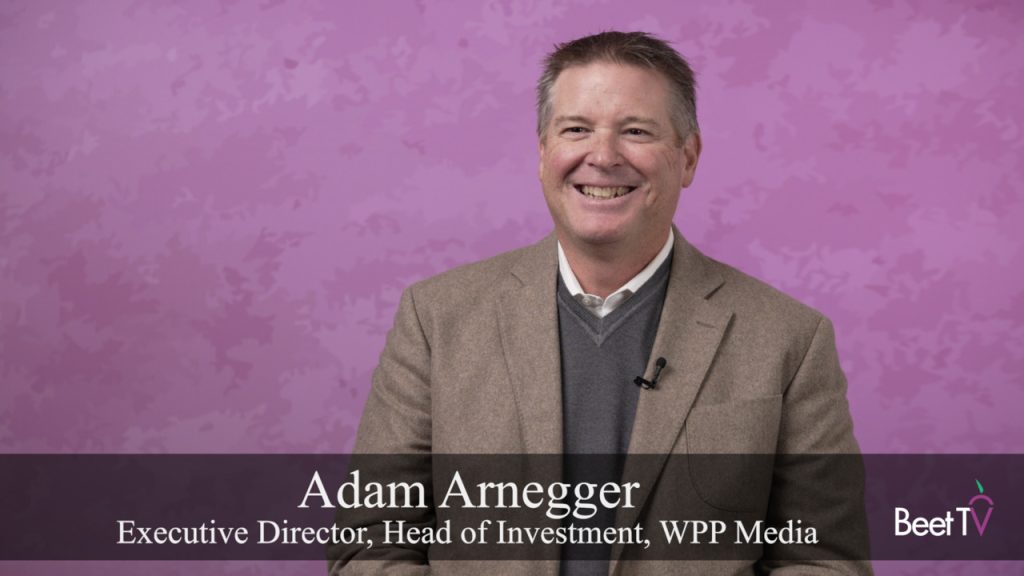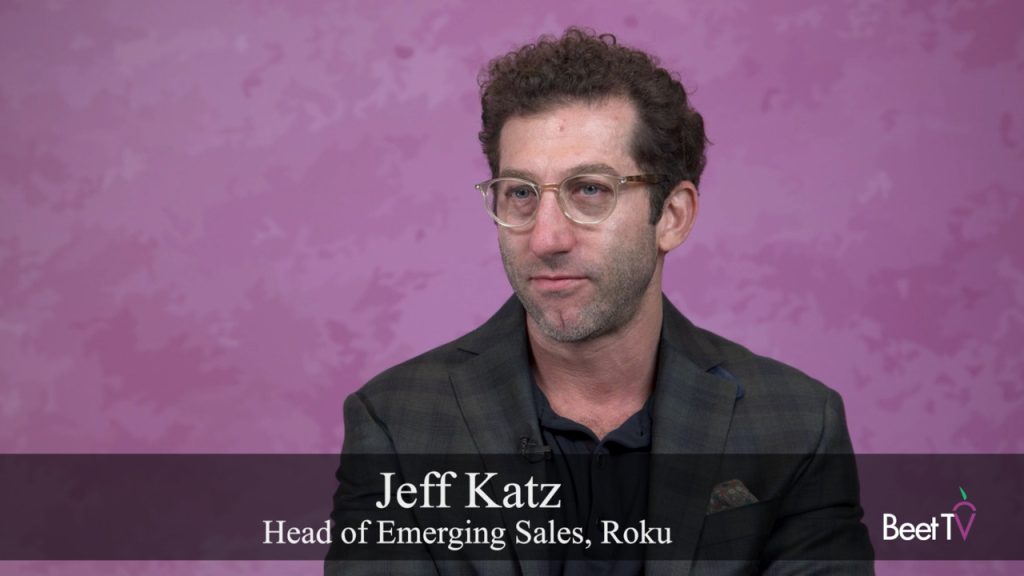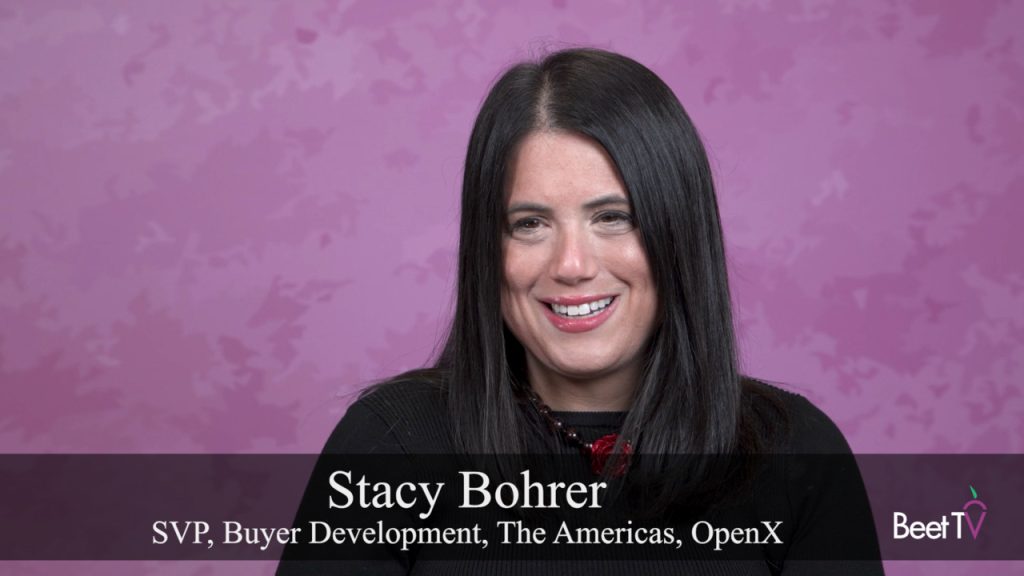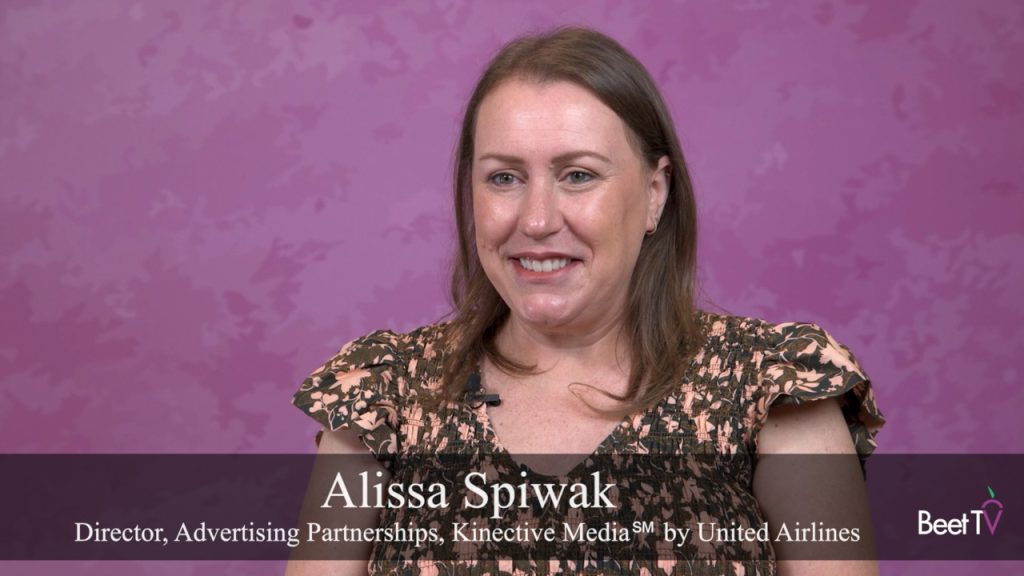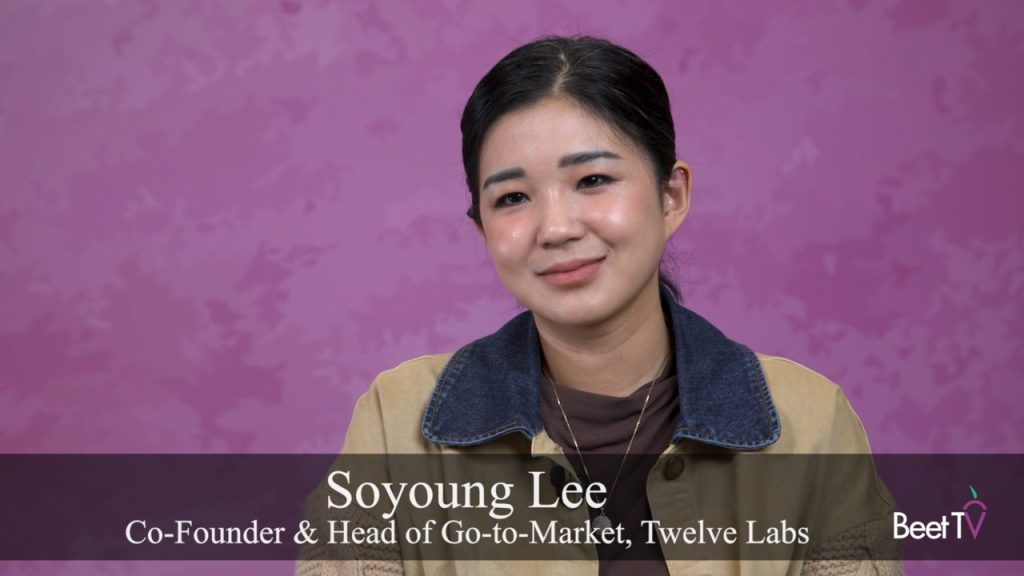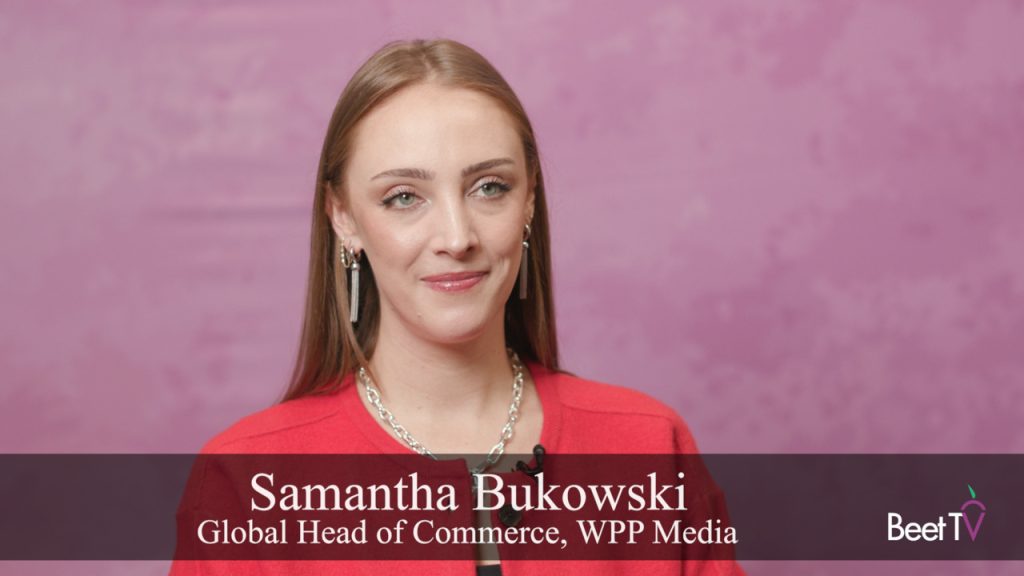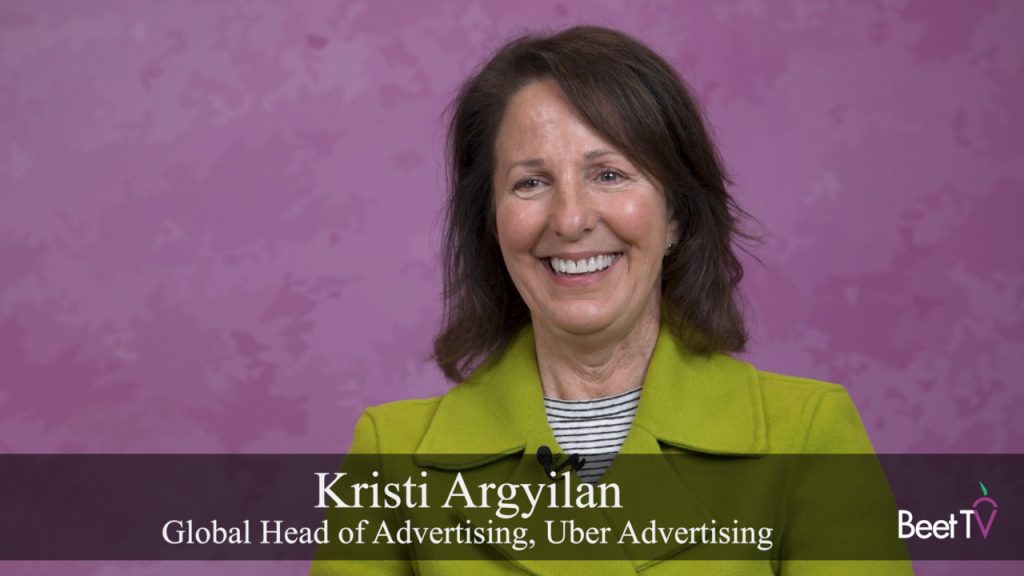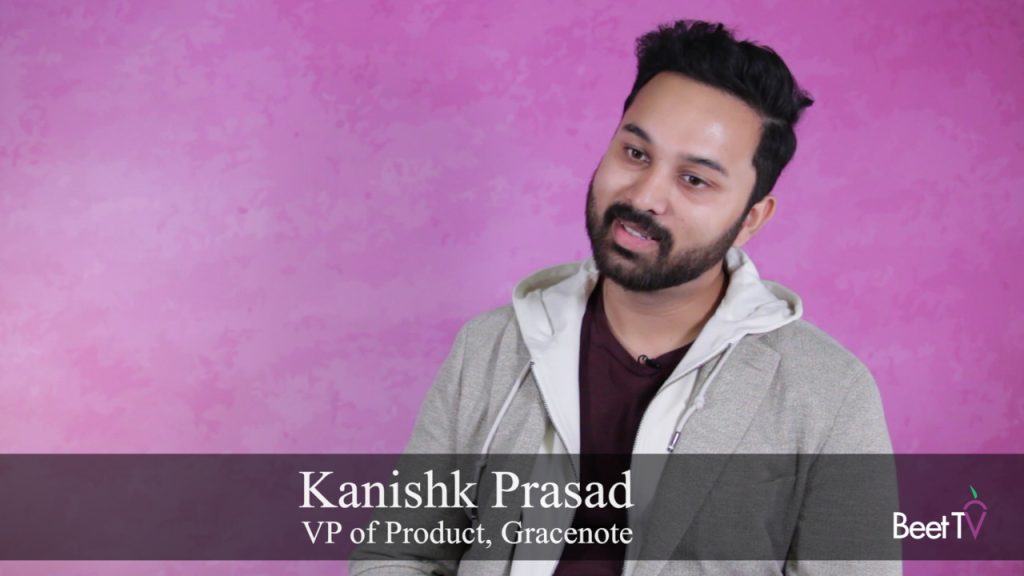CANNES — In an age where digital platforms promise unprecedented connection, many people are feeling more st year or two.”
Live events offer a starkly different value proposition, according to Maureen Murphy, EVP, client partnerships, NBCUniversal, suggesting that live programming acts as a powerful counter-current to the isolating effects of algorithmically-curated content feeds.
This focus on live content, which NBCU says constitutes 70% of its programming, reportedly delivers 21% more engagement than non-live content.
Live is getting a replay
“We’re in a world that is largely disconnected, even though we’re more connected than ever,” Murphy observed. “In the world of disconnection… there’s like a level of isolation that that brings.”
But she pointed to the rise of viewing parties for events like the Kentucky Derby as evidence of a hunger for shared experience.
More media houses are returning to think that, for both viewers and brands, the appeal is the chance to participate in a cultural moment as it unfolds, but one that’s not necessarily disconnected from social media.
“People and advertisers are tuning in to be part of a moment, like whatever the new version of water cooler is, which is probably on your social feeds, talking about it,” Murphy said. “And not only that, they’ve made a decision to tune in and watch it.”
Connecting viewership to commerce
The engagement driven by live television is increasingly being converted into direct commercial activity. While TV has always influenced purchasing decisions, the integration of shoppable technology is closing the loop between seeing a product and buying it, moving from passive influence to active transaction.
NBCUniversal has been creating these commerce opportunities through partnerships, such as:
- One with Instacart during the Paris Olympics that enabled “virtual concessions,” allowing viewers to order necessities without leaving their couch.
- Another collaboration with Walmart during a Thanksgiving Day NFL game created a moment for families to shop for products featured around the game.
- These initiatives are complemented by broader platform deals, like a recent expansion with LG to bring new shoppable experiences to smart TVs.
“Even if you are not buying the product in that second via that QR code, it’s making you think differently about the ad, the product, and where it was,” Murphy said. “We’ve seen a rise in all metrics around it.”
Finding the next big advertising play
So, what part does sports play in all this?
With the value of established sports rights clear, many brands are now focused on identifying the next major growth area. The explosive rise of women’s sports, for example, has advertisers asking what the next high-growth opportunity will be. “Everybody wants to know what’s next,” Murphy said. “They start a lot of questions with, ‘What’s the next WNBA?’”
NBCUniversal is betting heavily on a packed calendar of upcoming global sports, including a two-week period next February featuring the Milan Olympics, the Super Bowl, and the NBA All-Star Game. This investment comes as digital viewing for live sports continues to surge, with one Emarketer analysis showing a 466% increase since 2018, while traditional pay TV viewership declines. Murphy noted that for the Paris Olympics, 86% of viewers watched on linear at some point, demonstrating the power of a multi-platform approach.
Looking further ahead, Murphy sees the 2028 Summer Olympics in Los Angeles as a monumental event for the entire media and marketing ecosystem.
You’re watching Beet.TV coverage from Cannes Lion 2025. For more videos from this series, please visit this page.






